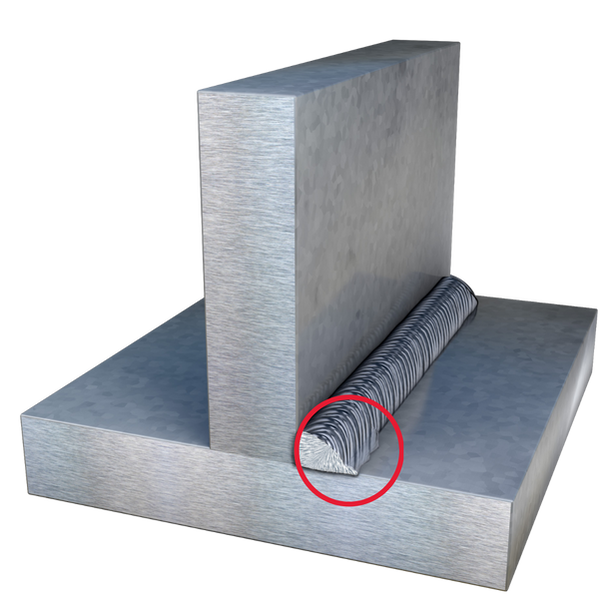Expert Techniques for Preventing Weld Undercut Properly
Expert Techniques for Preventing Weld Undercut Properly
Blog Article
Grasping the Art of Welding: How to Avoid Undercut Welding Issues for Flawless Fabrication Results
By understanding the root triggers of undercut welding and implementing reliable methods to stop it, welders can boost their craft to brand-new levels of excellence. In the search of flawless manufacture results, understanding the art of welding to stay clear of undercut concerns is not just an ability however a necessity for those striving for perfection in their job.
Comprehending Undercut Welding

To stop undercut welding, welders need to ensure correct welding parameters, such as adjusting the present, voltage, traveling rate, and keeping the right electrode angle. By recognizing the reasons of undercut welding and carrying out precautionary measures, welders can accomplish premium, structurally sound welds.
Reasons of Undercut in Welding
Understanding the factors that contribute to undercut in welding is important for welders to produce high-grade, structurally audio welds. Inadequate welding incorrect or current welding speed can likewise contribute to damage. Understanding these causes and implementing proper welding methods can assist avoid damaging problems, making certain solid and sturdy welds.
Strategies to Prevent Undercutting

To alleviate the risk of damaging in welding, welders can utilize strategic welding strategies intended at improving the quality and stability of the weld joints. One efficient method is to change the welding parameters, such as voltage, existing, and take a trip speed, to make sure appropriate warmth input and deposition. Preserving a suitable electrode angle and making sure constant travel rate can also assist stop undercut. In addition, utilizing the right welding technique for the certain joint setup, such as weave or stringer beads, can contribute to reducing undercutting. Preventing weld undercut.
Using back-step welding methods and regulating the weld bead account can also assist disperse heat equally and minimize the risk of undercut. Regular assessment of the weld joint during and after welding, as well as executing quality assurance steps, can aid in addressing and identifying undercutting problems quickly.
Importance of Appropriate Welding Parameters
Picking and keeping ideal welding criteria is important for attaining effective welds with very little problems. Welding specifications describe variables such as voltage, current, take a trip rate, electrode angle, and securing gas circulation price that directly impact the welding procedure. These specifications should be carefully readjusted based upon the kind of material being bonded, its density, and the welding technique employed.
Correct welding criteria ensure the appropriate amount of warmth is applied to thaw the base steels and filler material evenly. If the criteria are set expensive, it can bring about extreme warm input, triggering spatter, distortion, or burn-through. On the other hand, if the specifications are as well low, insufficient blend, lack of infiltration, or undercutting may happen.
Top Quality Assurance in Welding Workflow

Conclusion
In conclusion, understanding the art of welding calls for an extensive understanding of undercut welding, its causes, and techniques to stop it. By making certain proper welding criteria and executing top quality assurance techniques, remarkable manufacture results can be accomplished. It is necessary for welders to regularly pursue quality in their welding procedures to avoid undercut issues and create top quality welds.
Undercut welding, an usual problem in welding procedures, occurs when the weld steel does not correctly important link fill up the groove and leaves a groove or clinical depression along the welded joint.To prevent undercut welding, welders ought to make sure correct welding parameters, such as changing the current, voltage, traveling speed, and keeping the proper electrode angle. Insufficient welding existing or inaccurate welding speed can likewise add to damage.To mitigate the threat of undercutting in welding, welders can employ calculated welding methods aimed at boosting the high quality and honesty of the weld browse around these guys joints.In verdict, mastering the art of welding calls for an extensive understanding of undercut welding, its reasons, and strategies to prevent it.
Report this page